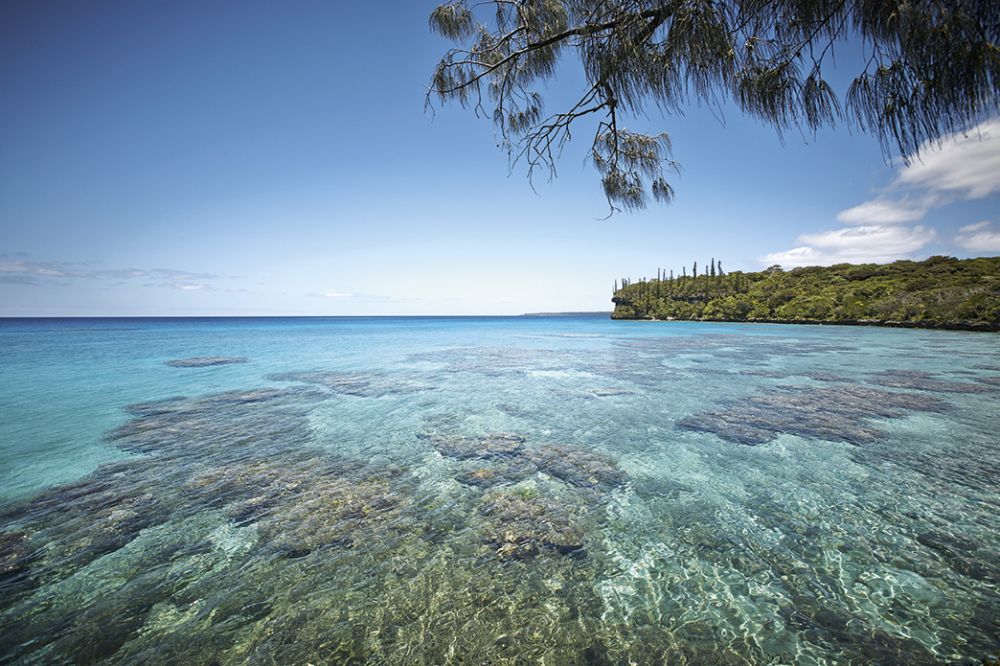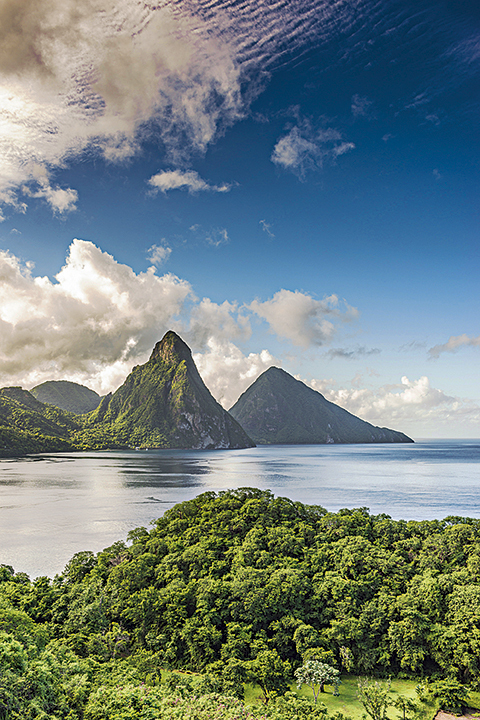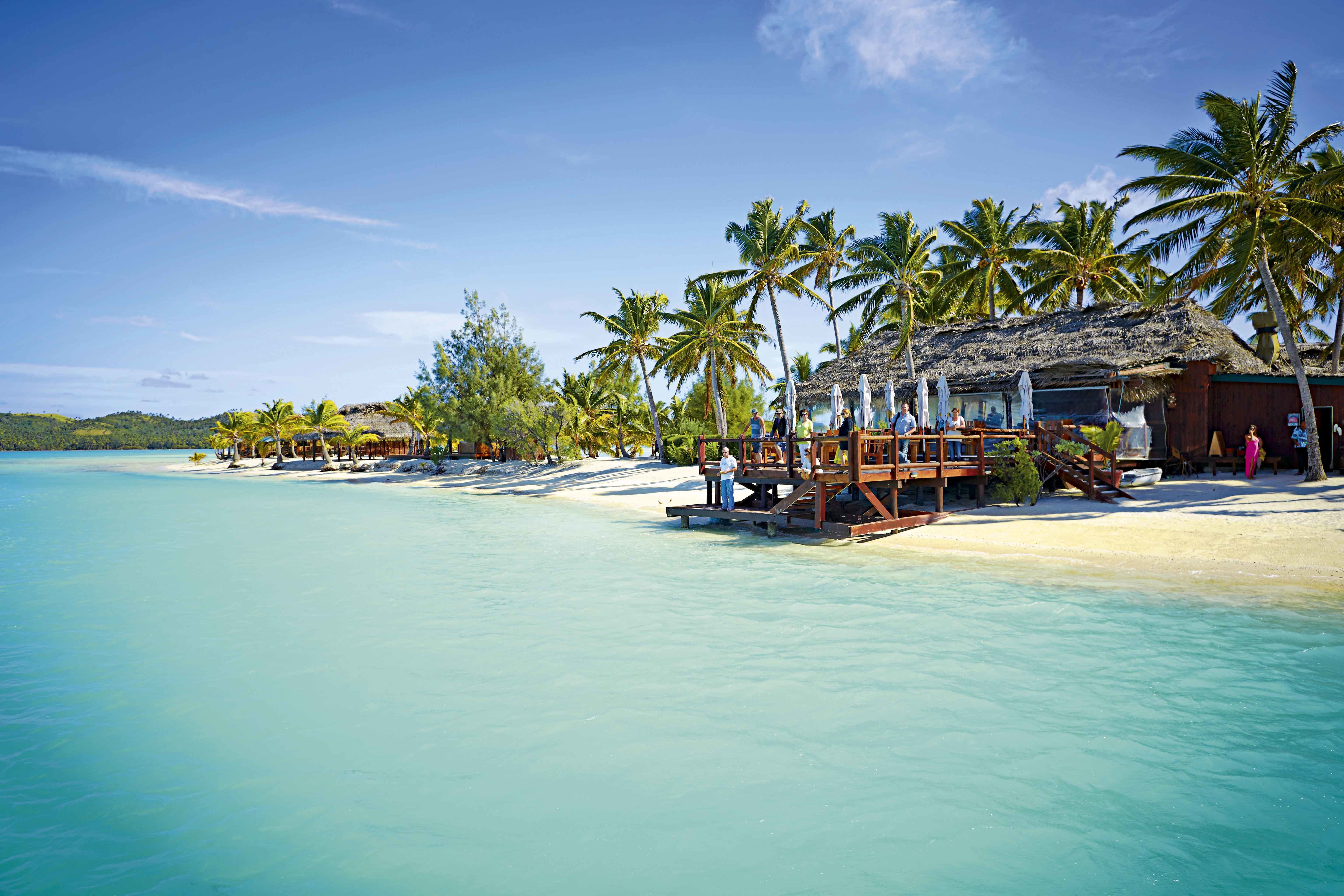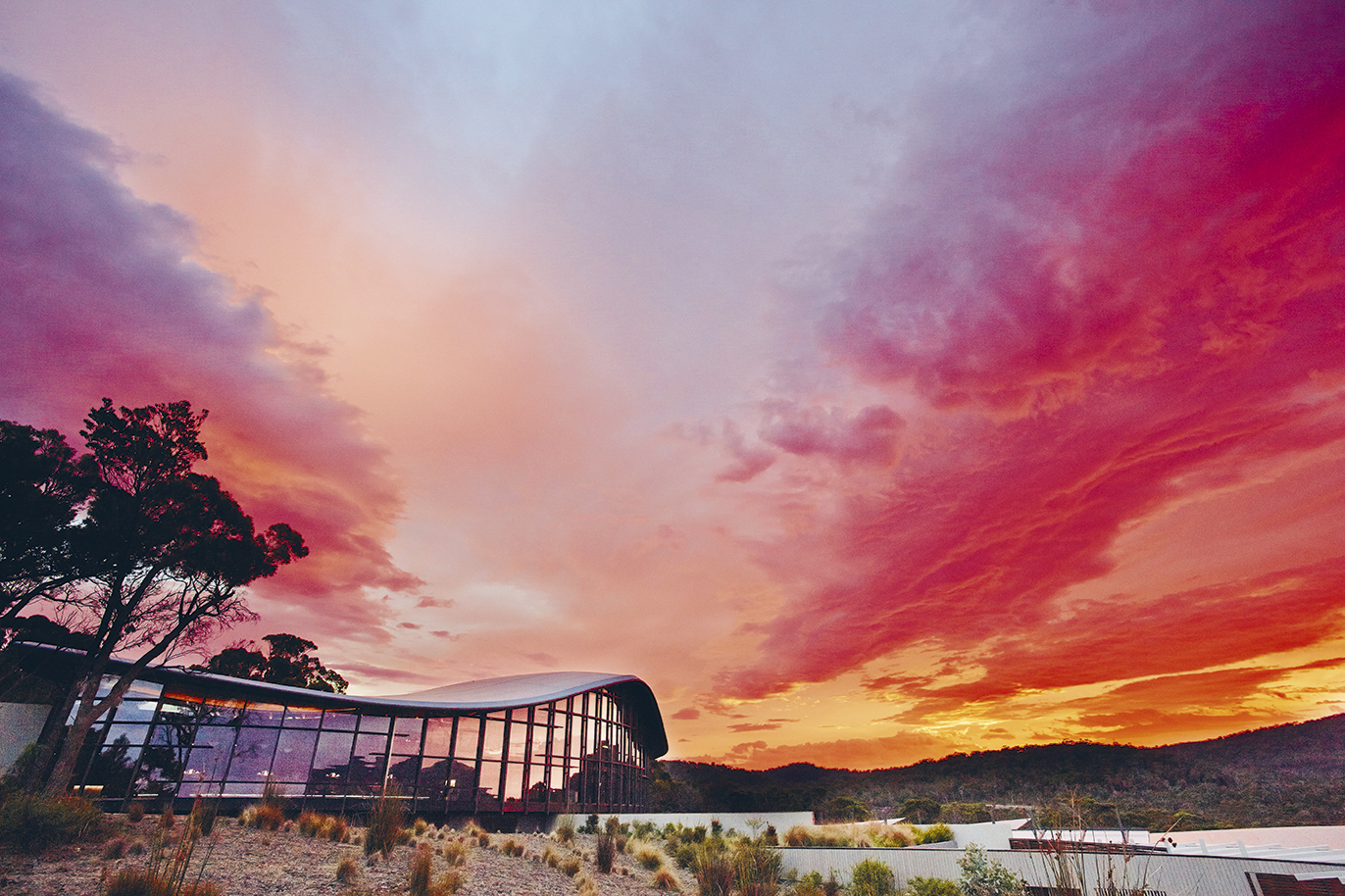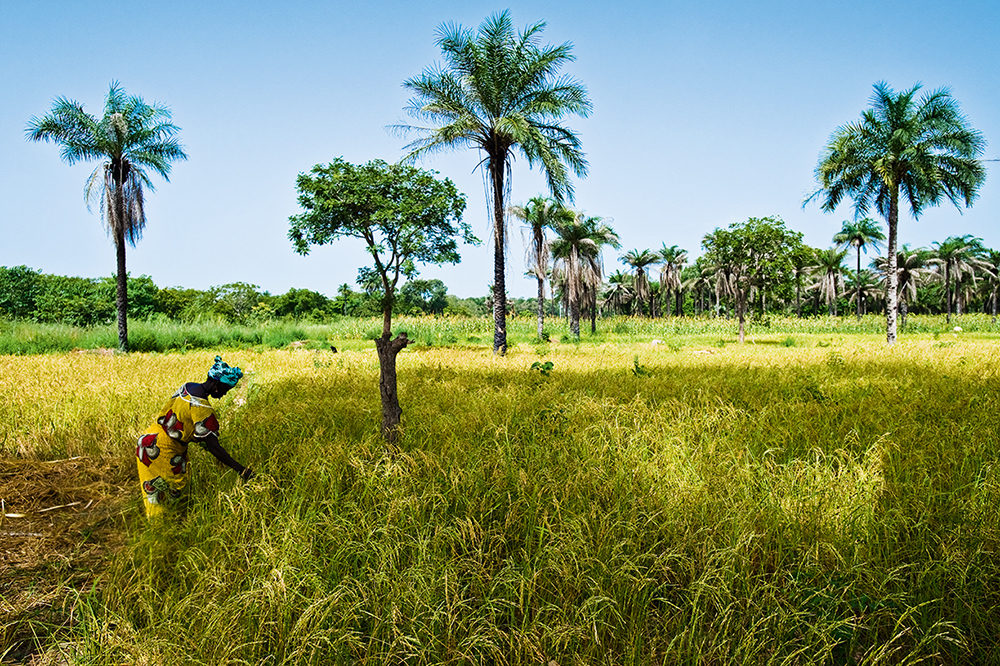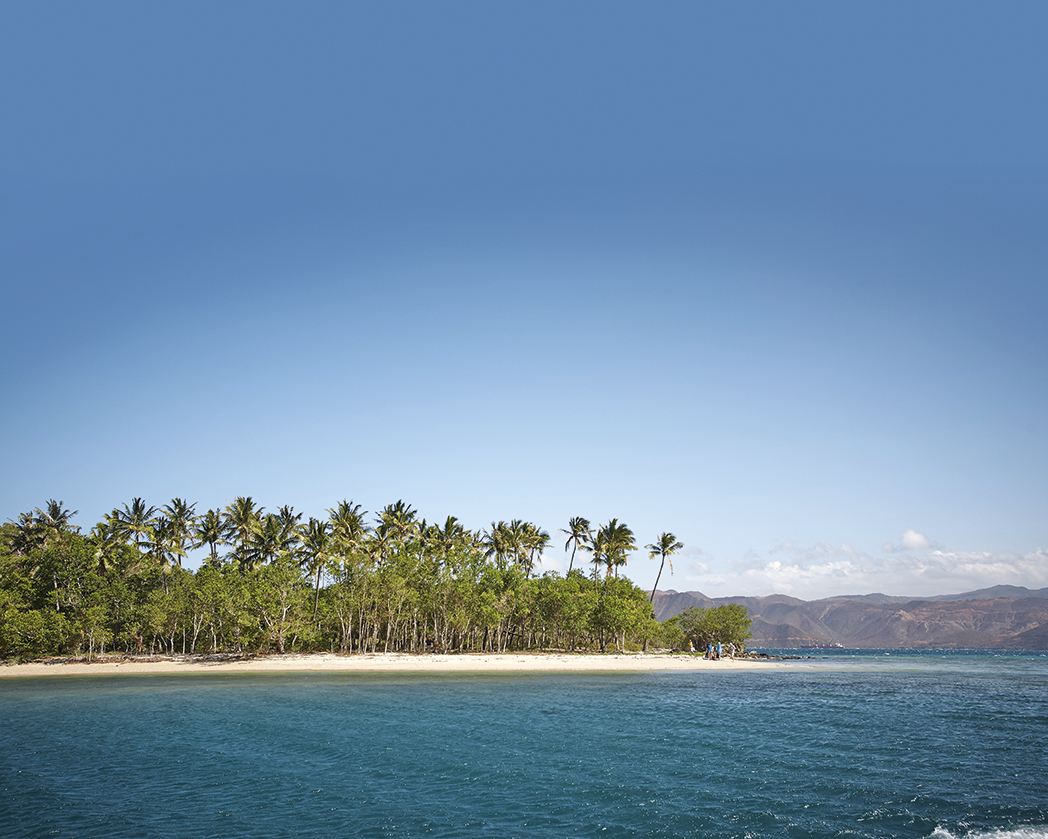Cook Islands South Pacific
An untouched paradise of lush mountains, white sands, rainforest, lagoons and coral-rich
South Pacific waters, the Cook Islands archipelago will fast track you to slower pace of life
Circling above the atolls that stretch aross sparkling South Pacific
waves – map marked for Rarotonga – it’s the coconut palms that
first catch your eye. As you descend towards the most populated
atoll of the Cook Islands, the self-governing state roughly halfway
between New Zealand and Hawaii, you take in the lines of green
trees fringing the blue curves of sea and white sandy beaches.
People visit the Cook Islands to escape. They come to see the
lagoon of Aitutaki; to dive and snorkel through the coral reefs
or explore a shipwreck; to take in the seemingly endless Pacific
panoramic views. The islands’ rich culture dates back to 500AD
with the arrival of the Polynesians. They’re famed for being a
happy place, one that's mostly visited by Australians and New
Zealanders, so they remain a hidden gem for most Europeans.
The distinct cuisine is underpinned by the many coconut
palms, know as the trees of life, that grow across the 15 isles.
Unsurprisingly, most dishes are flavoured with generous portions
of homemade coconut cream. On Aitutaki, the second-most
populated island, the local seafood favourite of mud crabs are gently boiled and liberally dressed with it, while a Polynesian-style ceviche of just-off-the-boat skipjack marinated in lime juice
and served with mango, passion fruit, onions and chilli also
comes with a dollop of coconut cream. The Cook Islands similarly
have an abundance of myriad other tropical gems to cook with – the likes of jackfruit, mangoes, bananas, plantains, pineapples,
pawpaws, avocados, pomegranates and lemons.
A trio of fruit, coconuts and seafood define the islands’ cuisine.
Lounge by any crescent of crystal-clear sea water and you’ll spot
islanders venturing into the shallows at low tide to pick up sea
urchins, sea cucumbers, clams and seaweed to bolster their
midweek dinner. The fish caught out in the deeper waters
beyond the reefs are sold outside fishermen’s houses. They’re
hung on lines for passers-by to pick up: an array of mahi-mahi,
skipjack tuna, yellowfin, wahoo, and buckets of octopus and
crayfish. Disembarking in Rarotonga, The Mooring Fish Cafe in Avana Harbour is the place
to sample the islands’ key ingredients. Homed in a shipping
container, this waterside spot’s F.O.B sandwiches (Fresh Off the
Boat) of white-fleshed mahi-mahi, crumbed and fried, is served
with a lime-spiked mayonnaise and Cajun sauce, and washed
down with tumblers full of cooling fresh coconut water.
There’s a cutting-edge coffee culture here, too. At the Cook
Islands Coffee Company on Ara Tapu in the Matavera District,
you could easily mistake the clean-cut interiors for a Melbourne
coffee shop. It’s the place to go to tuck into a croissant and
flat white. The café’s signature nutty, caramel-flavoured roast
is actually roasted in the owner’s own garden.
Head 200km north to Aitutaki for an idyllic escape experience.
Here, aqua-coloured waters merge with blue skies, beaches are
pure-white sand and there are plenty more coconut palms.
Aitutaki's sky-reflecting lagoon waters are a big tourist pull
– only a turquoise streak separates the diminutive island from the deep-blue darkness of the Pacific. It’s easy to cocoon yourself
in one of the islands’ excellent places to stay – like the secluded
bungalows of Pacific Resort or beachside
villas at Rarotonga‘s Nautilus Resort.
The lagoon is also a source of seafood and here you can see
mud crabs being gathered from the seabed. Find somewhere
with an uma, a fire pit dug into the earth and lined with volcanic
stones to slowly steam-cook fish and meat in coconut-palm
baskets with rukau (island spinach). Eat it while taking in the
seemingly endless blue horizon views, and you're bringing
together the very best of this islands' experience.

